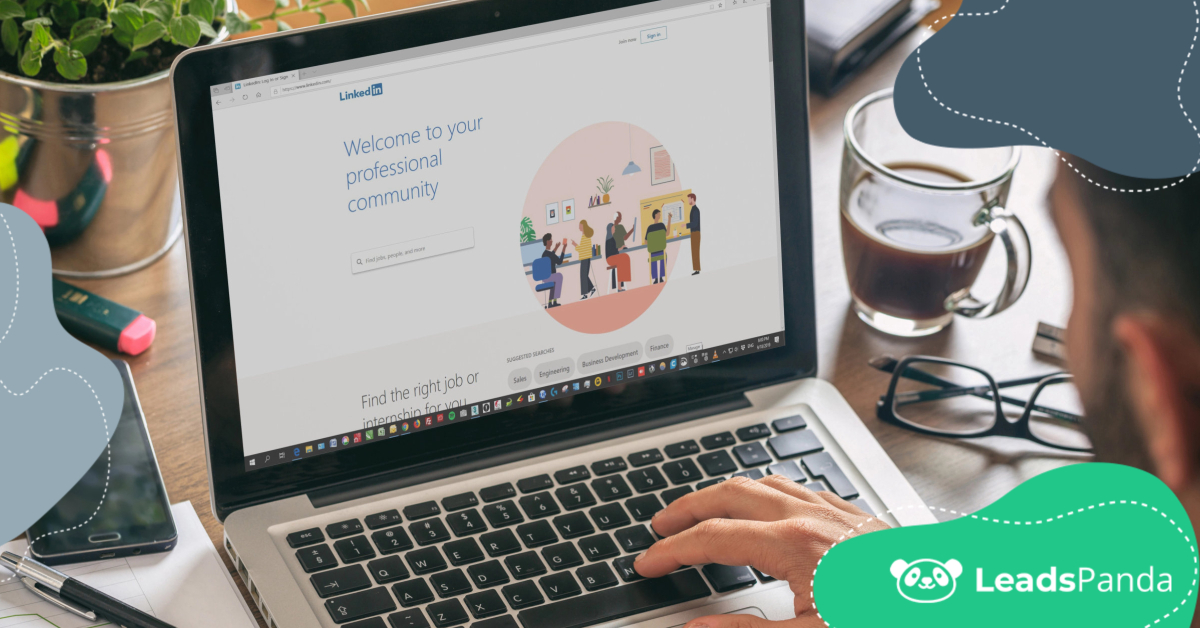B2B Ecommerce: Encouraging Growth Prospects
In early April of this year, Forrester released its B2B Ecommerce Forecast report, looking forward to 2020 and what time holds for the B2B industry when it comes to the online buying process. The estimates are staggering, yet not surprising; by the time 2020 rolls around, the projected numbers are in the trillions of dollars, with B2B ecommerce expected to make up about 12 percent of total B2B sales. The report looks at the next five years and the channel shift of B2B buyers and B2B companies’ desire to move toward reduction of costs incurred with the ecommerce process.
What does this mean for the B2B ecommerce market? As the business world continues the inevitable shift to buying and selling mostly online, the B2B industry needs to take note and adjust accordingly. No one needs to be told that the world is digitally connected, yet companies often act as if we are still in the dial-up age.
Andy Hoar summed up the highlights of the report on the Forrester blogsite. Here are some of his main points about what is behind the B2B ecommerce forecast:
- Changes in buyer preferences: 74 percent of B2B buyers conduct some type of research on at least half of their business purchases when performing their online buying, while 30 percent of buyers end up completing those purchases. By 2017, those numbers are projected to rise to 56 percent. Buyers will be making the move from less offline purchases to over half participating in online buying.
- Changes in costs to customers: Part of attracting customers is making the cost appealing, which means making changes in order to serve online customers.
- Changes in channels: We are connected across multiple channels more than ever before, and B2B customers accessing these various connections are more likely to spend more, become repeat customers, and stick around for the long haul.
B2B Ecommerce Around the Globe
China: The recent rise of China’s Alibaba has encouraged other businesses to get on board with online buying. B2B eCommerce in that country jumped 30 percent in the last year, and researchers predict a rise to 8.5 billion dollars over the next 3 years, despite recent comments that the market in China is not advanced enough to invest in the B2B market.
India: Mobile apps and virtual stores are quickly becoming a regular part of India’s ecommerce world. Wal-Mart reported in 2014 that India will see a growth of $400 billion in its ecommerce industry by 2020.
Russia: Customers are turning more and more toward the electronic shopping option. Ecommerce has only been around in Russia since early 2000, and even then was viewed as a type of experiment. Today, 68 percent of Russian enterprises are using electronic trade platforms (ETPs), and online sales saw an increase of 40 percent in the year 2014.
Ecommerce for Your B2B Business
Gone are the days of waiting on the phone for information, scanning a catalog for products, and taking valuable time away to shop onsite. B2B ecommerce is expanding rapidly, and businesses who do not make the jump may be left behind.
Why is a quality ecommerce experience good for your company?
- Implementing multichannel technologies will save your company money, resources, and can aid in streamlining the buying process. This includes mobile marketing.
- Your B2B company gains the ability to reach around the world in ways you never thought possible, simply with the click of a keypad. This includes keeping a gauge on competitors, staying up-to-date on industry trends, and implementing changes when necessary.
- Customers have the opportunity to be actively engaged across a variety of channels in an efficient and convenient manner. No customer is going to waste precious time during the buying process; if it is not easy, they will look elsewhere. They key, as Forbes notes, is to “invest aggressively” in the customers’ experience, not focusing so much on matching the competition, but focusing instead on providing a high quality experience to your buyers.
Has your B2B business risen to the challenge of providing buyers omni-channel opportunities? What ecommerce methods have you employed?
Share This Story
Get the latest growth ideas, strategies, and best practices delivered to your inbox.
Quick read that helps 7000+ subscribers.








